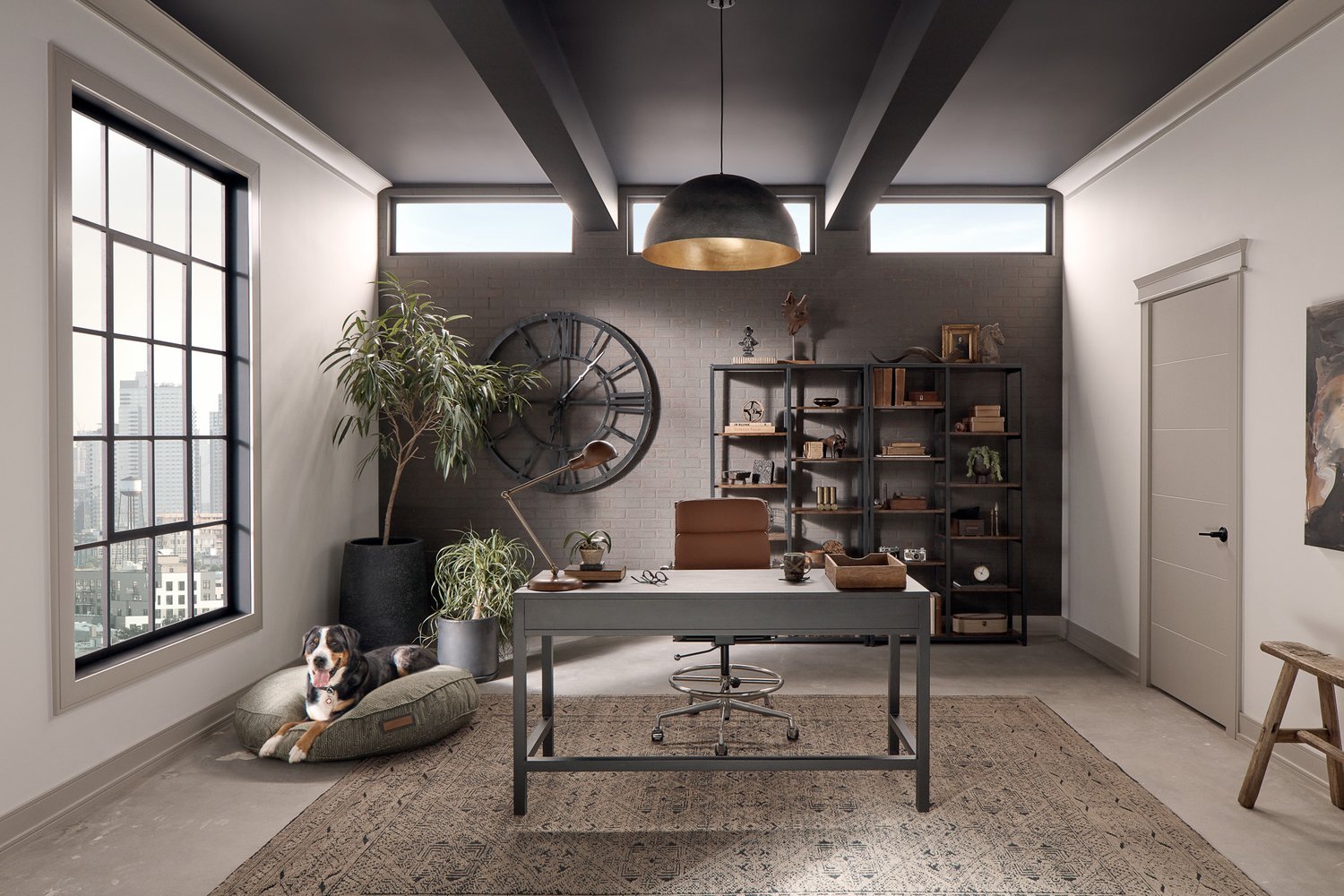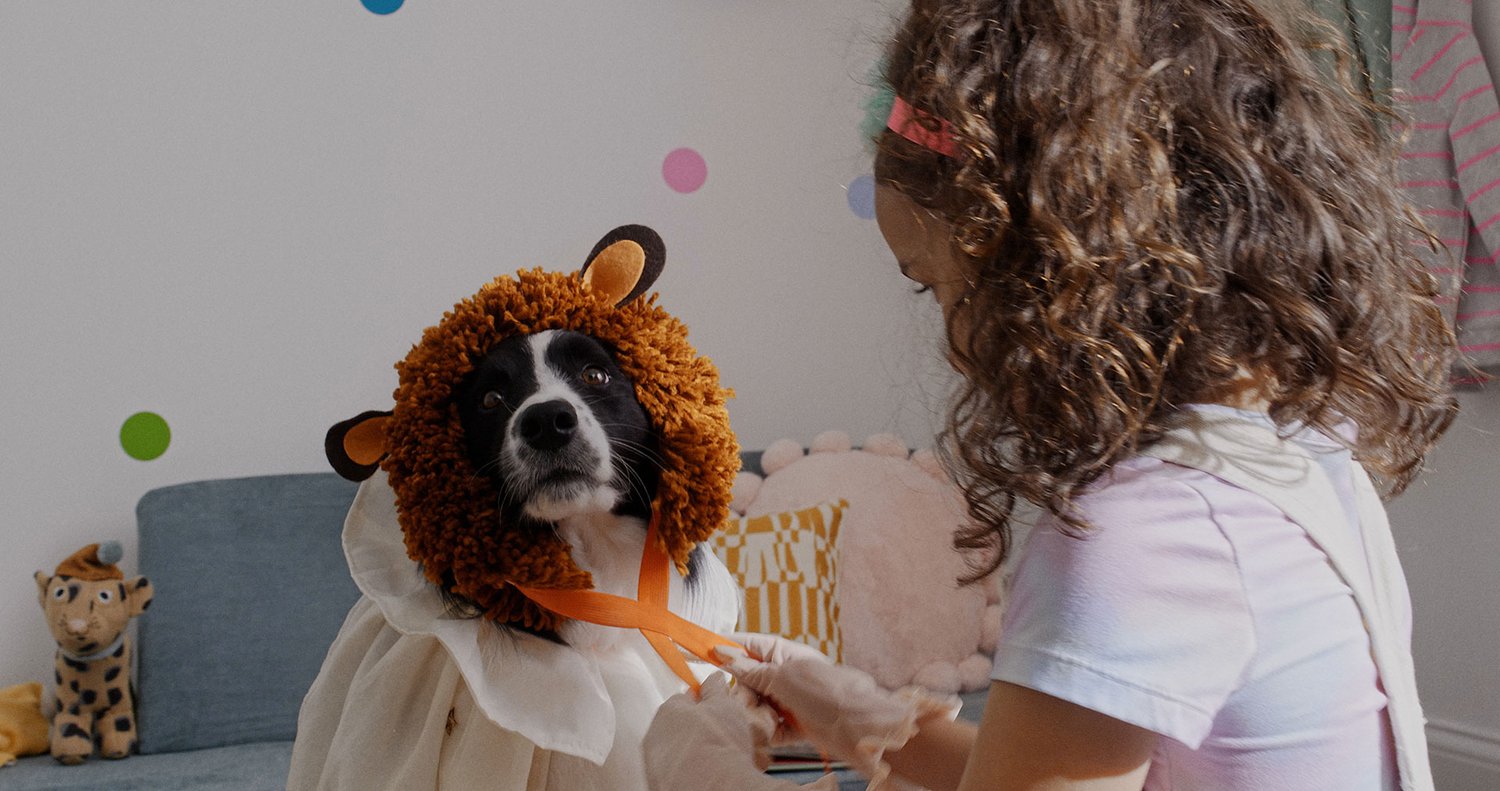Nobody said that your favorite actor had to be a human. From the silver screen to the next social media ad, animal talent is a surefire way to make visual media more adorable.
Of course, brands cast all sorts of animals for their multimedia projects. Since dogs are the most common animal talent and TRG is known for our studio dogs, we’re going to put our canine friends front and center but this information really translates across all species.
Being cute isn’t the only reason brands hire dog models for commercial photography and video projects. Our canine companions are multifaceted marketing tools. Want to make lifestyle assets feel warmer and more real? Get yourself a dog. Want to showcase that your product can take a beating? Get yourself a dog. Just need to add some character? You know the drill.
Of course, it’s important to do some planning before you start casting dogs for your next photo or video project. Let’s hit the paws button and break down how the dog casting process works and what you should consider when using animal talent for your visual assets.

How to Cast the Right Dog Models
There’s more to choosing the right dog than choosing a cute face (although that’s certainly part of it). There are plenty of dogs in the world, but which one do you want for your project? Picking the perfect pooch comes down to a couple of factors.
-
What type of dog do you want?
-
Do you want to hire professional dog talent or amateur animals?
Answering the first question is a simple matter of preference between different breeds, coat colors, size, and whatever else matters to your brand. You may prefer a specific breed like Shih Tzus and Saint Bernards. Other projects aren’t particularly picky about their pups.
The debate between amateur and professional dog models is a bit trickier. Some people like to use nonprofessional animal talent to save some money. This untrained dog actor can be theirs, a friend’s, or one of our many studio dogs – and believe us, we have a lot of studio dogs.
Casting amateur dogs does have a downside, though – you don’t always know what you’re going to get. Trained dogs cast through a talent agency are, go figure, much better trained than your average neighborhood Spiderdog (or normal dog, preferably). It’s not uncommon for amateur dogs to need their owners on set. That’s not necessarily a problem for photo shoots – we can always retouch people out of shots – but it’s an issue for video. Fortunately, some handlers can direct professional dogs with off-camera hand signals so that you don’t have to worry about having a random person getting in the shot.
So which option is right for your project? Amateur dogs are great if you need some background talent or you’re not relying as heavily on their performance. If the dog is extremely important for the project or you need the dog to do something specific, it’s typically best to cast a professional dog model.

What to Expect When Dealing with Dog Models
Dealing with dogs is great, but they are dogs after all. Even the most professional dog actor is going to call for some precautions or require some new expectations.
Take some extra breaks when needed
There are no union breaks for dogs, but that doesn’t mean they won’t need some time off every now and again. It can take some time for dogs to readjust to a new space and get used to all the lights, cameras, and action around the set. Professional dogs will have some familiarity with this process, but new sights and smells can be a bit overwhelming for any furry friend.
It's important to watch the dog closely and listen to them if they need a break. If a dog gets fussy or agitated, it’s going to be a struggle on set. Listen to the handler or the dog’s owner if they think the dog needs to go to the bathroom or needs a quick break. This process can take extra time, but it’s better than dealing with an irritable canine.
Eliminate potential triggers
Like us humans, there are certain things that can tick off dog models. While we might get bothered by bad WiFi, cold coffee, or that nincompoop in the office, dogs have other triggers that can turn a perky pooch into a growling gremlin.
It’s important to check ahead of time with the dog’s owner or handler to see if they have any triggers that will bother them on set. For example, we have a lot of dogs in our studio, but we may ask people to keep their animals leashed or at home if a dog model will be on site. We may also try to limit construction and loud noises during the length of the shoot. A few proactive measures can make a big difference for your animal talent.
Expect the unexpected
The exciting part about dealing with dogs on set is that you don’t always know what you’re going to get. This is especially true when it comes to amateur dogs. Sometimes a dog will do something silly that makes for the perfect shot, while other may pee on a prop fire hydrant on the set. Either way, don’t be surprised when a project with dogs doesn’t always go according to plan.
It also doesn’t hurt to work with a multimedia studio that can work with the unexpected. We work with major brands to make the process of creating video, photo, and CGI assets as efficient as possible – and we sure do love working with dogs. Contact us today to have TRG bring your photo, video, and CGI assets to life.



